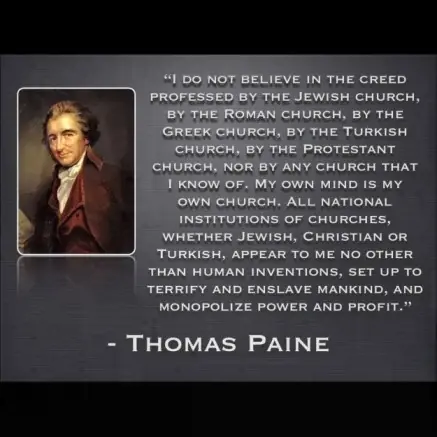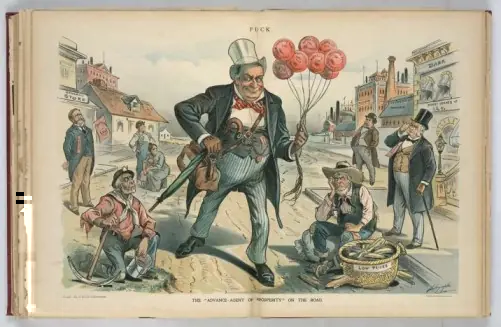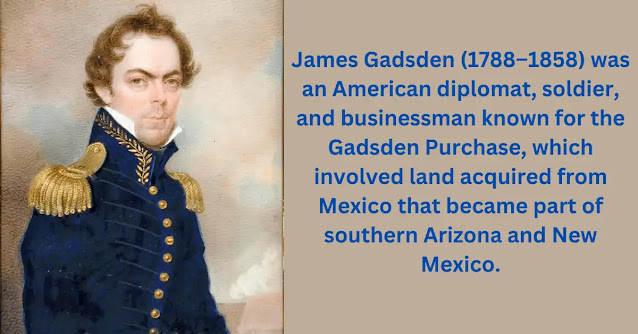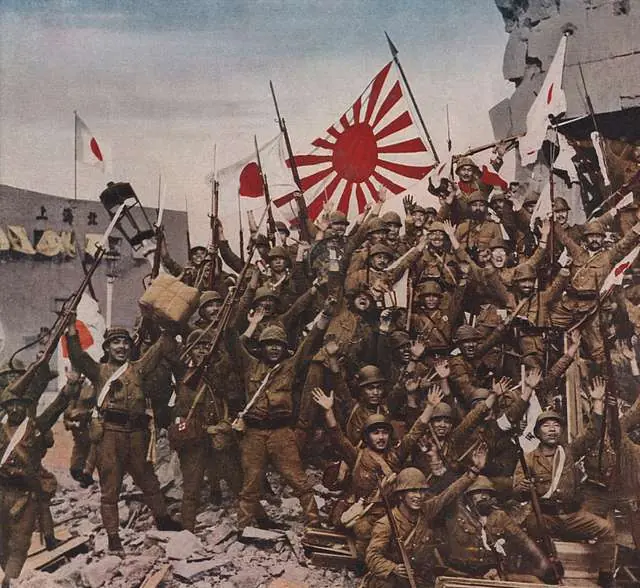US Diplomacy Prevails: Ratification of the Treaty of Paris
In the annals of American history, pivotal events have shaped the nation’s identity and laid the foundation for its future. One such moment occurred in 1784, when the United States Congress formally approved the Ratification of the Treaty of Paris with Great Britain. Known as Ratification Day, this historic occasion marked the definitive end of the American Revolutionary War and set the stage for the U.S. to emerge as a sovereign nation.
January 14, 1784, marked a significant milestone in American history as the Congress of the United States ratified the Treaty of Paris. The ratification took place in the Senate Chamber of the Maryland State House, formally bringing an end to the Revolutionary War and establishing the United States as a sovereign and independent nation. The treaty was signed on September 3, 1783, and its ratification was crucial for peace. In this article, we will explore the significance of Ratification Day and its impact on the young United States.
.webp) |
| Image Source: Google, Declaration of Independence USA |
💻 Table of Contents:
- The French and Indian War: And Geopolitical Rivalry in the New World
- The Revolutionary War: A Turning point in American History
- The Treaty of Paris 1783: A Pivotal Moment in American History
- The Ratification of the Treaty: A Historic Milestone in Diplomacy
- Ratification Day and the Birth of American Democracy
The French and Indian War: And Geopolitical Rivalry in the New World
Before delving into Ratification Day, it’s crucial to understand the backdrop in which this historic event unfolded, including the French and Indian War that laid the groundwork for the American Revolutionary War.
The spark for the French and Indian War ignited with Lieutenant Colonel George Washington’s surprise attack on a French party at Jumonville Glen. During this conflict, a young military officer, Lieutenant Colonel George Washington, served the British Crown, aligning his actions with British interests in North America. Later, in the American Revolution, Washington played a pivotal role as the Continental Army’s Commander-in-Chief, leading the colonies in their fight for independence from British rule.
This war spanned from 1754 to 1763, concluding with the Treaty of Paris, 1763. While it granted substantial territorial gains to Great Britain, disputes over frontier policies and war expenses fueled colonial discontent, setting the stage for the American Revolution.
The French and Indian War not only expelled France from North America and secured significant territory for Britain but also intensified geopolitical rivalry in the New World. As Britain, France, and Spain vied for power, the issues from this competition contributed to the discontent that ultimately led to the American Revolution.
 |
| Founding Fathers |
The Revolutionary War: A Turning point in American History
The American Revolution, also known as the Revolutionary War (1775-1783) or American War of Independence was a battle between the British crown and the inhabitants of its 13 North American colonies. The conflict began with clashes between British troops and colonial militiamen in Lexington and Concord in April 1775 and quickly escalated into a full-scale war for independence.
The American Revolution mostly occurred because the people in the colonies didn’t appreciate how Britain was aiming to exert more control over them and have them repay the king for protecting them during the French and Indian War (1754–63).
💻 Table of Contents:
- The French and Indian War: A Key Chapter in the Anglo-French Rivalry
- American Revolutionary War: Prelude to Modern Democratic Republic and Power
- American Civil War: A Turning Point for Democracy
- Unveiling the Treaty of Alliance: USA’s Geopolitical Journey
It’s noteworthy that initially, the conflict until early 1778 resembled a civil war within the British Empire. But later, it turned into an international war when France joined in 1778 and Spain in 1779, supporting the colonies against Britain. With French assistance, the Continental Army achieved a decisive victory at Yorktown, Virginia, in 1781, leading to the effective attainment of American independence. The Netherlands, recognizing the United States and helping it financially, was also in its own war against Britain.
The war was characterized by numerous battles, hardships, and sacrifices endured by the American colonists. From the iconic Battle of Lexington and Concord to the decisive Battle of Yorktown, the American forces, under the leadership of George Washington, fought valiantly against the British army. The Revolutionary War not only tested the resolve of the American colonists but also ignited the spirit of liberty and self-determination that would shape the nation’s future.
The Treaty of Paris 1783: A Pivotal Moment in American History
The autumn of 1781 marked the climax of the American Revolutionary War with the Battle of Yorktown in Virginia. General George Washington and French General Comte de Rochambeau commanded a combined American and French army, successfully besieging British General Charles Cornwallis and his 9,000 troops. Cornwallis’s capture prompted a significant shift in England, weakening support for the war in both the British Parliament and the public. This led to a decision to initiate peace negotiations with the Americans, ultimately concluding the Revolutionary War.
 |
| Treaty of Paris by Benjamin West |
After the victory at Yorktown, the Continental Congress appointed representatives, including John Adams, Benjamin Franklin, John Jay, Thomas Jefferson, and Henry Laurens, to negotiate a peace treaty in Europe. Due to various circumstances, Jefferson couldn’t participate, and Laurens had been captured, leaving Franklin, Adams, and Jay as the principal American negotiators. Benjamin Franklin, serving as America’s first ambassador to France, played a crucial role in securing French assistance during the war. Peace negotiations began in Paris in the spring of 1782 and continued into the fall.
On September 3, 1783, representatives from the United States and Britain signed the Treaty of Paris, effectively bringing an end to the War of the American Revolution. Building upon a preliminary treaty from 1782, this historic agreement officially acknowledged the independence of the United States and bestowed upon it substantial territorial claims in the western region. The Treaty of Paris 1783, which marked the end of the American Revolutionary War, consisted of three main points:
Recognition of American Independence:
The treaty officially recognized the United States as an independent nation, granting it sovereignty separate from Great Britain. This recognition acknowledged the American colonies’ successful rebellion and their establishment as a new and separate country.
Determination of Borders:
The treaty established the boundaries of the United States. It defined the western border as the Mississippi River, securing vast territorial claims for the newly formed nation. The southern border was set at Florida, while the northern border extended to Canada. These defined borders provided a clear framework for the United States’ territorial extent.
Fishing Rights and Property Claims:
The treaty addressed specific provisions related to fishing rights and property claims. It granted American fishermen access to fishing grounds off the coast of Nova Scotia and Newfoundland, ensuring their continued livelihood. Additionally, the treaty allowed British merchants and Loyalists to pursue property claims and seek compensation for losses suffered during the war.
 |
| Washington crossing the Delaware |
These three main points of the Treaty of Paris 1783—recognition of American independence, determination of borders, and provisions for fishing rights and property claims—were crucial in solidifying the peace between the United States and Great Britain and establishing the foundation for the newly independent nation.
The treaty was advantageous for the United States, as it provided a foundation for a valuable economic partnership with Britain. It also led to separate agreements between Britain and France, Spain, and the Netherlands. Spain acquired East and West Florida, with territorial disputes resolved through subsequent treaties. France gained Tobago and Senegal, focusing on exchanging captured territories. Dutch possessions in the East Indies were returned to the Netherlands in exchange for trading privileges.
The Ratification of the Treaty: A Historic Milestone in Diplomacy
The ratification of the Treaty of Paris in 1783 marked a pivotal moment in American history. After years of struggle during the American Revolutionary War, peace negotiations in Paris led to the signing of this significant treaty. The Treaty of Paris outlined crucial provisions that shaped the future of the United States. The Congress of the Confederation, functioning as the legislative body of the newly established United States, ratified the Treaty of Paris on January 14, 1784. This momentous event took place in Annapolis, Maryland, making it the first peacetime capital of the United States before the capital moved to Philadelphia and later Washington, D.C.
The ratification of the Treaty of Paris 1783 stands as a testament to the perseverance of the American people and their successful pursuit of independence. By ratifying the Treaty of Paris, the Congress demonstrated its commitment to honoring the terms of the agreement and upholding the principles of self-determination and independence. It laid the foundation for the United States as a sovereign nation and set the stage for its future growth and development on the world stage.
Ratification Day and the Birth of American Democracy:
Ratification Day had far-reaching implications for the United States. Firstly, it established the United States as a sovereign nation in the eyes of the international community. With the formal acceptance of the Treaty of Paris, the United States secured its place among the nations of the world, paving the way for diplomatic relations and trade agreements.
 |
| The habeas Corpus or the Wild Geese flying away with fox to America Caricature |
Secondly, Ratification Day set an important precedent for peaceful transitions of power and the rule of law. By adhering to the constitutional process of ratifying treaties, the United States demonstrated its commitment to democratic principles and the rule of law. This commitment to legal processes and institutions would become a defining characteristic of the American political system.
Furthermore, Ratification Day marked the beginning of a period of nation-building for the United States. With the Revolutionary War behind them, the American people faced the daunting task of forging a new nation from the ashes of conflict. The challenges of governance, nation-building, and establishing a framework for democratic governance lay ahead, but Ratification Day provided the impetus and the foundation for these endeavors.
Conclusion:
Ratification Day in 1784 holds a significant place in American history. As the United States Congress officially approved and ratified the Treaty of Paris, the nation took a decisive step towards solidifying its independence and establishing itself as a sovereign nation.
The end of the Revolutionary War marked a new beginning for the United States, where the principles of liberty, self-determination, and the rule of law would shape its future. Ratification Day stands as a testament to the resilience and determination of the American people and serves as a reminder of the sacrifices made to secure the nation’s freedom.
Frequently Asked and Questions
The Treaty of Paris 1783 officially ended the American Revolutionary War, recognizing U.S. independence, establishing its borders, and addressing fishing rights and property claims. It was signed on September 3, 1783, and ratified on January 14, 1784.
Ratification Day, January 14, 1784, marked the formal approval of the Treaty of Paris by the U.S. Congress, solidifying American independence and establishing the U.S. as a sovereign nation on the global stage.
The treaty included three key points: recognition of U.S. independence, establishment of borders (Mississippi River to the west, Florida to the south, and Canada to the north), and provisions for fishing rights and property claims.
The Treaty of Paris laid the foundation for U.S. sovereignty and diplomatic relations, fostering economic partnerships with Britain and setting a precedent for peaceful transitions of power and the rule of law in the new nation. What was the Treaty of Paris 1783?
Why is Ratification Day important?
What were the main points of the Treaty of Paris 1783?
How did the Treaty of Paris impact U.S. diplomacy?








